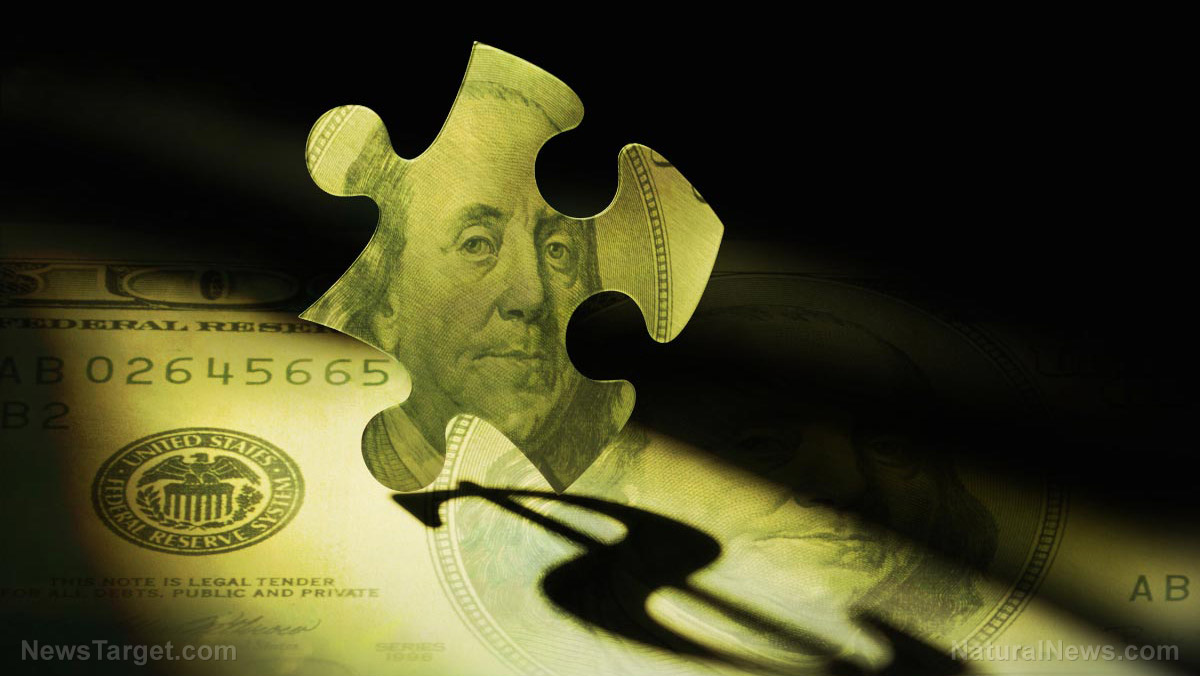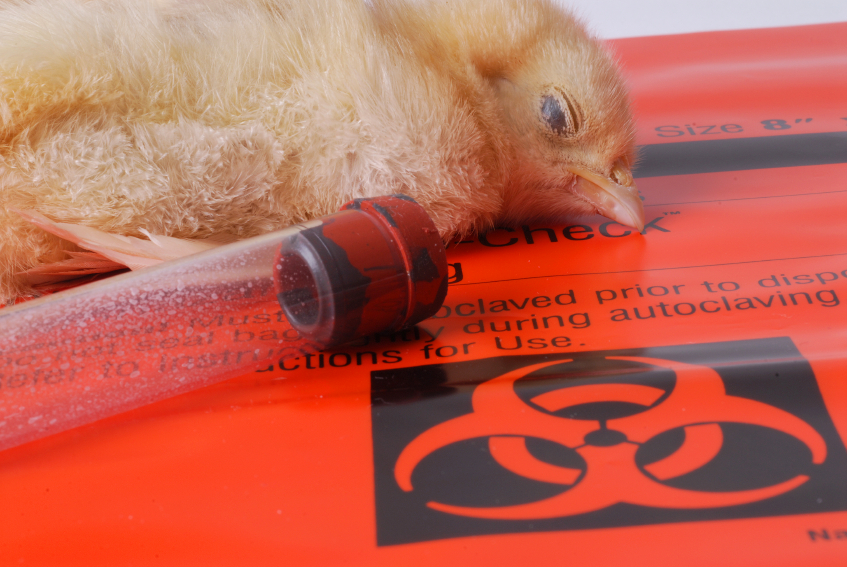 Parler
Parler Gab
Gab
- The cost of eggs in New York City has skyrocketed, reaching unprecedented levels, and is affecting residents and local businesses alike. This issue is not limited to NYC but is part of a national crisis.
- Businesses that rely on eggs, such as cafes and food carts, are struggling to stay afloat. Some have had to impose surcharges or consider raising prices to compensate for the increased egg costs.
- The primary drivers of the high egg prices are the bird flu outbreak, which has forced the culling of millions of chickens and supply chain disruptions. This has led to a significant reduction in egg supply and a corresponding price increase.
- New Yorkers are seeking affordable alternatives by visiting specific supermarkets known for lower egg prices. Some stores are even rationing egg sales to manage demand. Bodega owners are feeling the pressure to maintain low prices to serve lower-income customers.
- The egg-flation crisis highlights the vulnerability of our food systems to external shocks like disease outbreaks and climate change. It underscores the need for more resilient and sustainable food systems and serves as a microcosm of the broader economic and environmental challenges we face.
The impact on local businesses
Egg-flation has hit local businesses particularly hard, especially those known for affordable, iconic New York staples like the bacon, egg and cheese (BEC) sandwich. Gin Yun, the manager of Cafe Manhattan in Midtown, has had to impose a 50-cent surcharge on all egg sandwiches just to stay afloat. "Oh my God, the price of eggs has gone crazy," Yun told The Post. "I can’t keep this up, I’m serious. I haven’t made profit for the last two months." Yun's costs have quadrupled in just a few months, with 30 dozen eggs now costing 227, compared to less than 50 four months ago. Maria Chuqui, a cook at a Mexican Food and Breakfast food cart on West 77th Street and Broadway, echoes similar concerns. "I have never paid so much for eggs," she said. "People don’t want to pay more for eggs, but I will have to raise prices soon."The root of the problem: Bird flu and supply chain disruptions
The primary driver of egg-flation is the ongoing bird flu outbreak, which has forced farmers to cull millions of chickens to prevent the spread of the disease. This has significantly reduced the supply of eggs, driving prices to more than double their cost in summer 2023. The national average price for a dozen eggs reached $4.15 in December, and the U.S. Department of Agriculture forecasts a 20% increase this year. The bird flu, or highly pathogenic avian influenza (HPAI), has been a persistent threat for the past few years. Unlike previous outbreaks, this strain has proven more resilient and pervasive, affecting not just poultry but other animals and even humans. "Even the best biosecurity isn’t foolproof," notes Emily Metz, president of the American Egg Board. Additionally, industrial farming practices that pack animals tightly together create an environment where diseases can spread rapidly.Consumer response: Seeking affordable alternatives
Faced with soaring prices, New Yorkers are turning to specific supermarkets known for lower egg prices. The Bryant Park Whole Foods has become a popular destination, with cartons of eggs priced as low as 4.69 for a dozen. "It’s 9.99 for a dozen eggs in Flushing," said Mohammad Khan, a Flushing resident who stopped by the store on his way home from work. "At other supermarkets like Food Bazaar, a dozen eggs is $8." Whole Foods, however, has started rationing eggs to manage demand. A sign at the store's door informs customers, "We are currently experiencing difficulty sourcing eggs that meet our strict animal welfare standard. For now, we’re limiting purchases to 3 cartons per customer." Bodega owners and their customers, who are generally lower-income, are also feeling the pinch. Fernando Mateo, who heads the United Bodegas of America, said, "Some bodegas are even considering selling eggs by the egg. They feel that this is affecting the poor and not the rich." The group is encouraging bodega owners to be socially responsible and avoid raising prices.Historical context: The role of eggs in American economy
Eggs have long been a staple in American households, known for their affordability and nutritional value. The current crisis highlights the interconnectedness of our food systems and the vulnerability of supply chains to external shocks like disease outbreaks and climate change. Historically, eggs have been a barometer for broader economic and environmental challenges. For instance, during the Great Depression, eggs were one of the few affordable sources of protein for many families. The current egg-flation is a stark reminder of how a single ingredient can have far-reaching economic implications. As consumers and businesses struggle to adapt, it underscores the need for more resilient and sustainable food systems.The road ahead
The outlook for egg prices remains uncertain. While demand may ease after peak egg-buying periods like Easter, structural issues like the ongoing bird flu threat and cage-free mandates in several states suggest that prices may remain high for the foreseeable future. Brian Moscogiuri of Eggs Unlimited acknowledges the lack of short-term solutions. "It seems as bad as it has ever been," he says, noting that producers have little recourse beyond weathering the storm. For now, consumers will have to adjust to higher egg prices and explore alternative strategies to stretch their budgets. Whether it's shopping smart, trying egg substitutes, or exploring other protein sources, the key is to remain flexible and informed. In the end, the egg-flation crisis serves as a microcosm of the broader economic and environmental challenges we face. As New Yorkers scramble for solutions, it's a reminder of the importance of resilience and adaptability in our food systems. Sources include: NYPost.com BlackDoctor.org NerdWallet.comEgg rationing madness: How bird flu fears are fueling food scarcity and inflation
By Cassie B. // Share
The world’s worst financial catastrophe could happen soon
By News Editors // Share
Trump’s reciprocal tariffs aim to level trade playing field for U.S. workers
By Cassie B. // Share
Trump’s global financial chess: The Mar-A-Lago accord set to redefine international debt
By Finn Heartley // Share
Governments continue to obscure COVID-19 vaccine data amid rising concerns over excess deaths
By patricklewis // Share
Tech giant Microsoft backs EXTINCTION with its support of carbon capture programs
By ramontomeydw // Share
Germany to resume arms exports to Israel despite repeated ceasefire violations
By isabelle // Share









